For a couple of decades the pattern in purchasing new PC hardware was quite clear. Every few years you would buy a machine that had many times more CPU power, more memory, more hard drive space, bigger screen and the same or even lower price tag. We had all heard about Moore’s law and knew that the evolution in hardware was going to follow a predictable path.
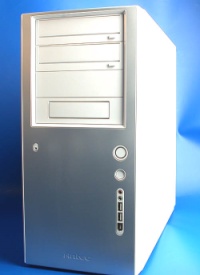
I had been gradually upgrading my home PC for many years, replacing parts here and there, which meant that there was hardly any original part left in the configuration. Luckily there was never any problem in getting the same old Windows XP activated, regardless of its draconian WPA hardware checks that had caused quite a stir when introduced back in 2001.
Last year I ran into a hardware issue that I was unable to pinpoint. I burned through a new PSU, new motherboard, new HDD, new graphics card, without finding a combination that would have booted reliably. Although I had never purchased a brand name PC during my 18 years of Wintel computing, I felt that I was just getting too old for this.
I’ve got a laptop from work, so at home I hardly need portability. However, with such low prices for supermarket laptops, it really turns the question around: do you really need a big PC under your desk? If I was tired of replacing components myself, then having a big case with free expansion slots does not actually provide a benefit but rather an aesthetic handicap. So, I grabbed a budget laptop from Acer, hooked it to my screen & keyboard and was happy as ever. Painless, easy to purchase IT gadgets for the home user, which I ultimately am. Sure, the hardware was not state of the art, but Vista ran as good as you can in general expect from it (not too well then).
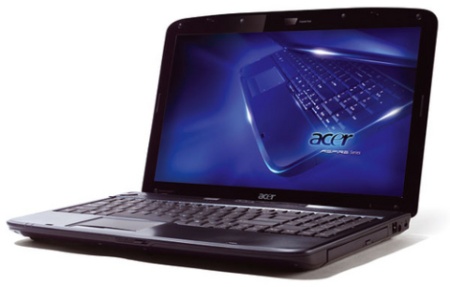
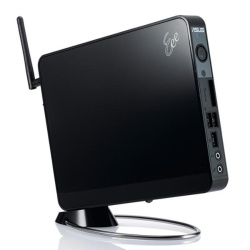 Roughly a year later I found myself buying another PC for my home: Asus EeeBox EB1012. This was not even the size of a laptop, nor nearly as powerful as my Acer. It is in fact a miniature HTPC built out of the netbook level hardware of Intel Atom CPU and Nvidia Ion chipset. It runs Windows 7, which should be easier on the system requirements as its older brother Vista. The main point is that this little box can disappear behind your flat screen TV and sit there quietly, providing media library and web access in the living room. Forget about gaming, that’s what the Xbox 360 is for (and what a huge box it is next to the tiny EeeBox).
Roughly a year later I found myself buying another PC for my home: Asus EeeBox EB1012. This was not even the size of a laptop, nor nearly as powerful as my Acer. It is in fact a miniature HTPC built out of the netbook level hardware of Intel Atom CPU and Nvidia Ion chipset. It runs Windows 7, which should be easier on the system requirements as its older brother Vista. The main point is that this little box can disappear behind your flat screen TV and sit there quietly, providing media library and web access in the living room. Forget about gaming, that’s what the Xbox 360 is for (and what a huge box it is next to the tiny EeeBox).
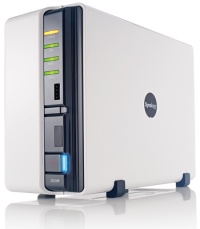 With this trend, I may soon be buying my next PC that will again be cheaper and less powerful than the one before. If I take a closer look, I actually already had purchased a Synology DS209j NAS station, which really is just a low spec PC built for one purpose: serving data from the 2 terabyte HDDs sitting inside the box. It does of course allow streaming the content or even acting as a web server with PHP & MySQL, but really it’s just a HDD with more accessibility features than a plain USB drive.
With this trend, I may soon be buying my next PC that will again be cheaper and less powerful than the one before. If I take a closer look, I actually already had purchased a Synology DS209j NAS station, which really is just a low spec PC built for one purpose: serving data from the 2 terabyte HDDs sitting inside the box. It does of course allow streaming the content or even acting as a web server with PHP & MySQL, but really it’s just a HDD with more accessibility features than a plain USB drive.
I haven’t got a netbook yet, but it looks like there isn’t a need for one in my hardware catalogue, regardless of all the hype. I’m writing this blog post while on the road, using my HTC Touch Pro 2 as the mobile typewriter. Packed with a touch UI, full keyboard, 3G/Wifi and the Opera browser, the “phone” ends up delivering me basically all the functionality I’d need from a netbook. It is almost hilarious that the device is pretty usable for all the basic tasks, except for making phone calls, which really is a lot more complicated than on my first Nokia phone in 1997. Maybe the Windows Mobile 6.5 ROM upgrade would help, maybe not.
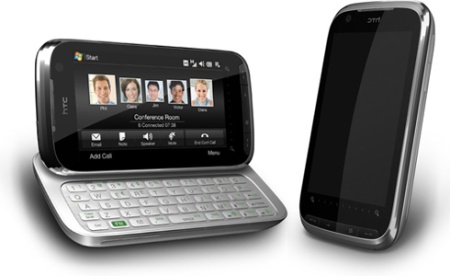
At a time when applications are moving from the hard drive to the web, when the media is increasingly being streamed from some cloud (either your own private one or some published service), it is finally starting to feel like we have reached a point where the Moore’s law is no longer relevant to the consumer (or even for the manufacturer). Yes, there will be a need for the data centers to purchase more efficient servers for their racks, to accommodate the rising demand for the many freemium services operating with thin marginals. For the end user, the magic of a new CPU upgrade is just not what it used to be. We may finally be able to stop looking at the GHz’s or GB’s, and start to focus on the items higher up in the IT food chain: applications, usability and design.
Still, the geek in me is of course just waiting for the moment when I can start to compare chipset specs when purchasing a new washing machine or a toaster. That’s just some of the joys promised by ubiquitous computing where we seem to be heading.

0 Responses
Stay in touch with the conversation, subscribe to the RSS feed for comments on this post.